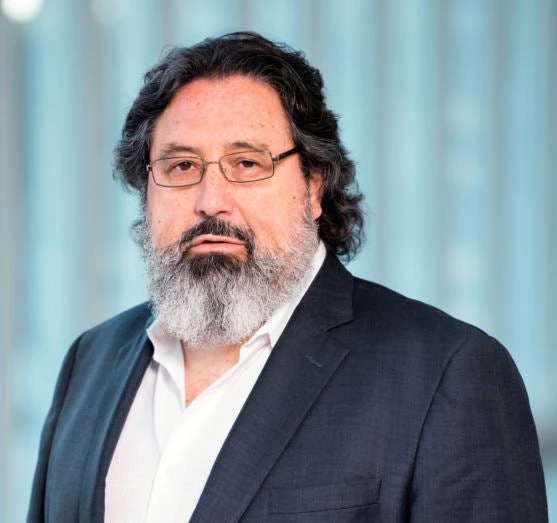Also available in: Русский
On recent visits to Moscow and Tbilisi, and driving from Baku to the Sheki and Agdash regions in Azerbaijan, I observed challenges and progress in making roads safer. Why should this matter to public health folks? Or should this be only the concern of engineers?
If one of the goals of development is to improve health outcomes by reducing premature mortality, injuries and disability, then unsafe roads are a key public health challenge.
In Eastern Europe and Central Asia (ECA) the problem is acute. Road traffic deaths rank among the ten leading causes of death: people are 2-3 times more likely to die from road injuries than people in Western Europe. For every death, many more people have injuries that require medical care.
What is causing this problem? For sure, more people are driving because the number of cars has increased significantly due to rising incomes—the traffic jams in some ECA cities vividly reflect this change. Poor road conditions and spotty enforcement of speeding, drunk driving, and seatbelt and helmet laws are leading culprits. “Distracted driving,” due to the growing use of cell phones and texting, is also resulting in more car crashes.
The good news is that ECA governments are not sitting idle. As done in Georgia and Azerbaijan, they are improving the road infrastructure (e.g., constructing overpasses to facilitate safe pedestrian crossing).
Efforts to adopt and enforce laws to curtail risky driving behaviors and strengthen the health system response are as important as the modernization of road infrastructure. The Russian government, for instance, has adopted new blood (0.3 g/l) and breath (0.15 g/l) alcohol limits for driving; made drunk driving offenses punishable with prison sentences; increased fines tenfold for driving without a seatbelt; and now mandates license revocation for crossing into the lane of oncoming traffic. Anti-alcohol campaigns with the support of the Russian Orthodox Church are highlighting the risk of drunk driving. The reorganization of emergency medical services, both pre-and in-hospital, started in 2010, is concentrating on the most dangerous regional highways to reduce deaths and lasting disabilities after car crashes. And data collection and assessments by the police and health institutions are better monitoring the impact of road safety interventions and guiding policy making.
These countries’ experiences clearly demonstrate that road safety is not the responsibility of just one or two sectors but that road safety requires a concerted multisectoral effort. The new UN Decade of Action 2011-20 on road safety will help raise political commitment, mobilize funding, but more importantly, put in place strong institutional arrangements to plan, coordinate, implement, evaluate, and sustain interventions across different sectors.
More: Confronting “Death on Wheels”: Making Roads Safe in Europe and Central Asia



Join the Conversation